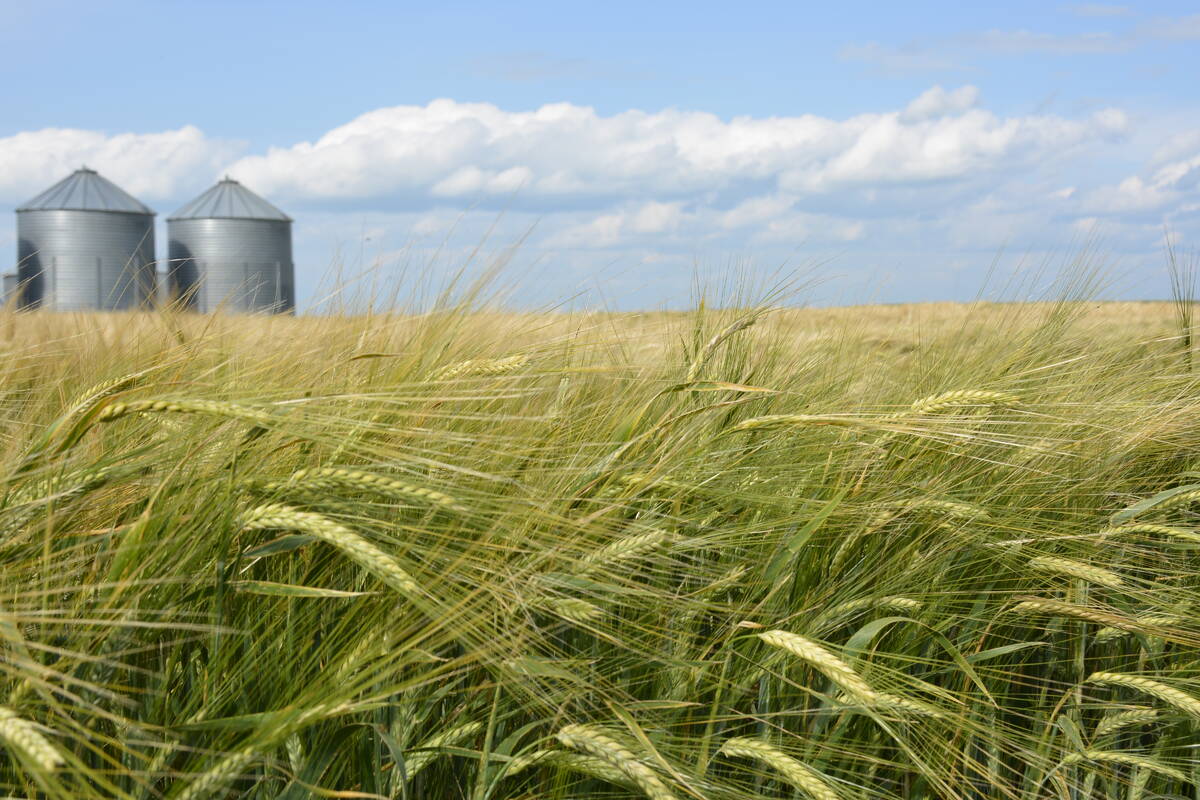Talk surrounding India’s winter pulse acreage and production is overshadowing a far more critical development, says a leading industry analyst.
“I think that the most important thing that has happened recently is the news that the Indian government is actively promoting the consumption of yellow peas,” said Brian Clancey, editor of the Stat Publishing newsletter.
That was revealed in a United States agricultural attaché report dated Dec. 4.
“The Government of India is encouraging people through a media campaign to use yellow split peas instead of other costlier peas,” stated the report.
Read Also

StatCan stands by its model-based crop forecast
Statistics Canada’s model-based production estimates are under scrutiny, but agency says it is confident in the results.
India is trying to combat rampant food price inflation. Pulse prices have jumped 36 percent over last year. Yellow peas fit well into the government’s strategy because they are the cheapest pulse in the world.
India bought 1.3 million tonnes of Canadian peas in 2008-09, or 47 percent of that year’s total export program, so a pea consumption campaign should be good for Canadian growers.
But pea exports started slow. Sales to India for the first quarter of the 2009-10 shipping season were down 34 percent from last year and total exports were down 43 percent, said Statistics Canada. That is distressing because Canada has 3.84 million tonnes of peas to sell, unchanged from last year.
Clancey said sales picked up in November and December. He projects 730,000 tonnes of peas will move through Vancouver by the end of December, down only 35,000 tonnes from last year.
He noted 2008-09 also started slow but finished with record exports, so ground can be made up if India increases buying. It will buy until March when its rabi or winter season crop is harvested.
Most of the rabi crop is already seeded. Growers had planted 29.1 million acres of pulses as of Dec. 17, up 1.3 million from last year. The government wanted a 3.7 million acre increase to make up for a 400,000 tonne shortfall in the summer pulse harvest.

















